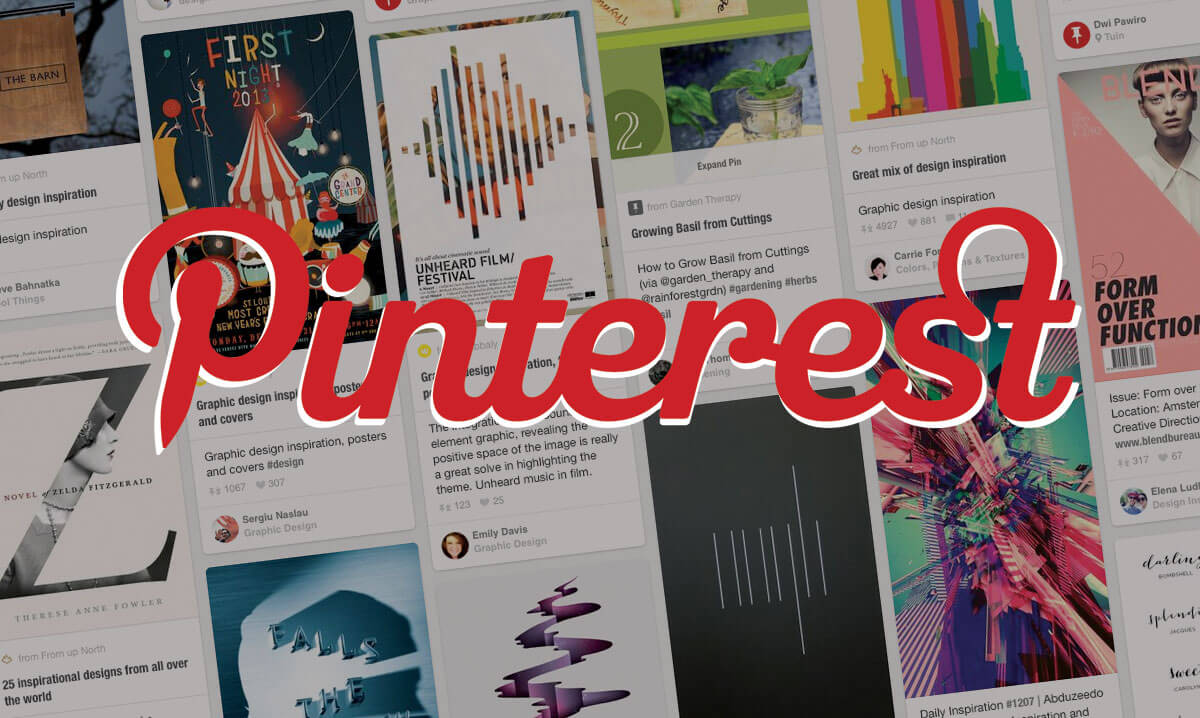
6 Reasons You Suck at Selling T-Shirts and How to Fix It
As far start-ups go, launching your own t-shirt selling empire is a great way for budding entrepreneurs making decent coin online. It’s relatively easy to get established due to low barriers to entry and minimal setup costs.
This market has definitely become heated with competition, but even newcomers are still finding innovative ways to break in and net great profits.
Yet, the ease of getting started with this business does not guarantee your success. As with any industry, you'll need to run the gauntlet during the first year of operation. Even after this time, you'll still make mistakes from time to time.
For first time sellers, mistakes are often due to a lack of preparation and research. For those already established, the biggest pitfall is not adapting to change or maximizing growth.
Don't let this dampen your spirits, instead, allow it to harden your resolve. The road to building any business of significance is paved with a fair share of mistakes. What matters most is identifying them before it's too late and learning from them. Use them as lessons of experience that reinforce future growth.
So, if you suck at selling t-shirts right now, it's time to turn it around. Without further ado, here are the 6 cardinal sins for selling t-shirts online and how to avoid them.
1. You're Spreading Yourself Too Thin
This is by far, the most common mistake made by budding entrepreneurs. Fuelled by a desire to expand quickly, they spread themselves as far and wide as possible.
As there are countless traffic sources and marketing channels available, it can be tempting to try and tackle them all at once. Jumping straight from one to next will be detrimental to your overall marketing strength.
Unfortunately, it’s not as simple as flicking a switch and waiting for eager customers to pour in! Promoting your brand effectively through any marketing channel requires a dedication of time and resources. Even traffic sources require significant optimization before you can achieve the best results.
Every channel or traffic source has its own characteristics and may favor a different approach. Finding out how to utilize each for your brand will require extensive testing and cannot be performed overnight. Trying to tackle 5 at once is a recipe for disaster, more so if you're not familiar with them!
A wiser approach would be to dedicate your time to one (or two maximum) channels at a time and master it. Lucrative traffic sources for t-entrepreneurs include:
- SEO/SEM
- Facebook Ads
- Instagram/Pinterest Promotions
- Influencer Outreach
- Online Communities/Forums
Be strategic with your choice, consider where your target audience can be most easily reached. Check out what your competitors are doing, then create a tailored strategy to suit your brand.
Resist the temptation to give up and hop over to another channel if things don’t go your way.
Let’s say you quickly burnt through $50 worth of Facebook advertising without a single sale. Writing this channel off and moving to another makes the whole exercise a waste of time and money. Instead, you should re-evaluate your target audience, then start split testing images and ad copy until you see results.
Be willing to invest to get the most of every channel and traffic source you use. Focus on one at a time and carefully track your results. Once you've got a good grasp, you can switch to maintenance and tackle the next channel.
2. You're Getting Carried Away With Options and Designs
If you knew it wouldn't increase selling power, would you still work hard to craft additional designs, variations, and options? Of course not!
In industries as creative as this, it's essential to provide a variety of designs and options to suit different individuals. Yet you will soon pass the point diminishing returns, where more choice can actually do more harm than good!
If you’re buying your own inventory, this becomes a big cost factor. But even drop shipping does not justify churning out more for the sake of it. Plus, having more sales concentrated over few designs will provide greater social proof and favorable sales statistics.
Another factor that must be considered is creating a streamlined sales experience. Ideally, an interested visitor arrives, quickly sees a design they like, selects the option to suit and orders.
In contrast, you don't want an interested visitor becoming overwhelmed and stalling before they can add to cart! New visitors to your store are especially sensitive – the longer they ponder on their purchase, the more likely another brand's product will catch their attention.
You can take advantage of buyer's impulses by keeping things simple. Craft a selection of designs after thoroughly researching your market, each of which should strongly identify with different demographics.
When it comes to options and colors, you should only offer a select range based on market research and tailored to your brand. Consider running polls and enabling your target audience to cast votes to help identify them.
After performing in-depth research and identifying your audience, you can tighten up your focus through a handful of attractive designs and options. Get this right and you'll make life easier for both you and your customers.
3. You've Put All Your Eggs in One Basket – And It's Not Even Your Own!
This mistake is widespread across the e-commerce world. You start using one platform, achieve decent success, then continue to focus solely on optimization and maintenance.
But if this basket was to fall, all your eggs would be broken! So, if you don't cultivate other platforms, you would have to start again from square one!
Again, don't make the mistake yourself thinly with platforms. Instead, focus on building up one at a time, then you can explore the next frontier. Creating multiple streams of revenue is a smart long-term strategy and provides great security.
Platforms you should consider, based your brand and experience:
- T-Shirt Platforms (e.g TeeSpring, Teezily)
- Social Media Profiles (e.g Facebook, Instagram, Pinterest, Twitter)
- E-commerce Giants (e.g Amazon, Ebay)
- Your Own Ecommerce Store
If you're serious about this business (and want to be taken seriously), you need to have your own e-commerce store. Spending time to cultivate your own basket is the wisest investment you can make.
If you don't want to pay a developer, it's not difficult to get set up using Shopify. Just focus on displaying your brand personality, showcasing your products and facilitating purchases.
You'll need to ensure your website is professional and tailored to attract your target audience. Consider the following aspects as a basic template:
- Homepage – Present your brand using a welcoming message and attractive imagery of products.
- About Page – Having a personal story behind your brand can really charm visitors. Try to be creative.
- Shop – Enable easy browsing and purchasing of your products. Shopify offers an excellent shopping cart CMS.
- Gallery – Display your products in use, even better if you can encourage previous buyers to share!
- Policies & FAQ – This will make visitors feel more comfortable when shopping. Make sure you include returns, exchanges, and shipping.
- Contact Page – Give your visitors a way to easily get in contact if they have queries.
4. You're a CopyCat or Your Brand Lacks Innovation
It may be tempting to dive headfirst by following the latest trends, or rip off the best selling designs, but it’s not always a wise move. You may be able to grab a handful of tasty profits while the fun lasts, trends can quickly fade and turn cheesy.
The last thing you want is your brand to go stale too, otherwise, business will take a sharp nosedive. It’s great to ride trends and tailor your designs to capture them, but it's not a good idea to align your brand's identity.
Straight copying designs will also come back to bite you. Use best sellers to inspire your own profitable designs, not to become a cheap rip off. Otherwise, you are always going to be the underdog fighting for scraps.
Investing too heavily in trends and copying designs is not a smart strategy for t-shirt sellers. Instead, use them as creative fuel and provide your own fresh, innovative approach. Be seen as a trendsetter, not a chaser. That way, you won’t hit roadblocks and you will leapfrog other's success!
5. You Wield Pricing as a Competitive Weapon
Do you feel yourself fighting dollar for dollar against other sellers? You should know that price wars do not always increase sales, but it will definitely hurt your profits.
Tactically undercutting your competition may cause them to undercut you again. If they are more established than you, they can take a dive while plummeting profits could drive you under.
Simply slashing your prices won't get you far in the t-shirt selling game. Instead, you should establish a sensible base price for your brand. Proudly offer a premium product by excelling in customer service, design, and creativity. Better yet, if you can design no one else has, you can charge a little more!
Value your products according to the costs you have to cover, plus profit. This will depend heavily on your printing, material and shipping costs. Look at other sellers in your niche for a guideline on the norm.
Don't be afraid to fine tune your pricing, but for the most part up you should remain consistent and confident with your prices.
Consider the buyer's perception of price. It's unlikely they will choose one t-shirt over another simply because it was $5 cheaper. It's about the strength of the emotional connection, the presented value of the brand and their personal value of owning it!
6. Your Facebook Advert Targeting Sucks!
Social traffic driven through Facebook adverts weapon can be a goldmine for t-shirt entrepreneurs. When optimized, it's a very effective way to drive potential buyers to your store.
Facebook's wide array of advanced targeting options is ideal for fine tuning the audience for your ads. However, ineffective targeting sucks up more budget while driving fewer sales. Marketing efficiency is greatly reduced as conversion rates and cost per conversion start to suffer.
Even going too broad can be just as detrimental to your marketing campaigns. In which case, you’ll be wasting funds by serving ads to uninterested people.
To achieve the best results, you must accurately identify your target audience, then hone in on the hot niches! Here's how it's done:
- As you create a new audience pay special attention to the “detailed targeting section”.
- In the “INCLUDE people who match at least ONE of the following” section, try typing to find interests related to your niche. Look for significant audience sizes. You may also use suggestions or browse to look through the categories.
- Expand your audience by selecting additional interests
- If required, you can narrow your audience by listing additional interests as “Must also match”. Alternatively, you can select user interests for exclusion.
Remember not get carried away and narrow down your audience too far. Going too specific could exclude a large portion of potential buyers from seeing your adverts. Depending on the competition, you could also see fewer conversions and at higher costs.
It's never possible to get Facebook targeting spot on the first time, optimization takes testing and patience. So, make you continue to experiment with different targeting options and audiences.








